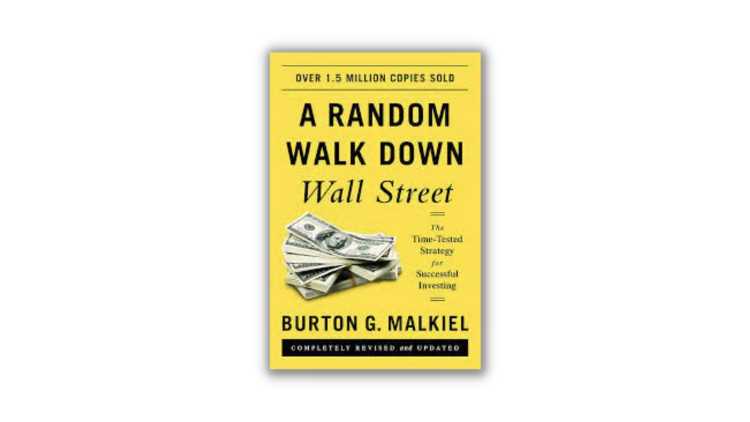Key Takeaways:
- Efficient Market Hypothesis (EMH): The book introduces the concept of EMH, which posits that financial markets incorporate all available information, making it difficult to consistently outperform the market through stock picking or market timing.
- Random Walk Theory: The author presents the idea of a “random walk,” suggesting that stock price movements are unpredictable and follow a random pattern, challenging the notion of reliable market prediction.
- Diversification’s Importance: The book emphasizes diversifying investments across various asset classes and sectors to manage risk. Spreading investments can help mitigate the impact of poor performance from a single investment.
- Risk-Return Relationship: The author explains how risk and potential return are connected. Higher returns often come with higher risks, and investors need to align their risk tolerance with their investment goals.
- Index Investing Advantages: The book advocates for index investing, where investors put money into low-cost index funds mirroring market indexes. This approach aims to achieve market returns without the complexity of active management.
- Long-Term Outlook: The book encourages a long-term investment perspective. Short-term market fluctuations are less relevant for investors focused on achieving their long-range financial objectives.
- Behavioral Biases: The book explores behavioral biases that influence investment decisions, like overconfidence and herding behavior. Understanding these biases can lead to more rational investment choices.
- Market Timing Risks: The book cautions against market timing – the strategy of predicting optimal buy/sell times based on short-term market trends. It suggests that such timing often leads to suboptimal results.
- Life-Cycle Investing Guide: The book’s updated edition includes a life-cycle investing guide. It provides tailored investment advice for different life stages, aiding readers in making suitable financial decisions.
- Passive vs. Active Debate: The book engages in the active vs. passive investing debate. Active investing involves selecting individual stocks, while passive investing uses index funds. The book leans toward passive strategies due to their historical performance and lower costs.
In essence, “A Random Walk Down Wall Street” promotes a rational, evidence-based approach to investing. It stresses the challenges of consistently outperforming the market and advocates for strategies like diversification, long-term thinking, and index investing to help investors reach their financial goals.














































![An In-Depth Look at Jake and Gino's Coaching Program [A Review]](https://allaboutmultifamilyinvesting.com/wp-content/uploads/2023/10/AAM-BMP-Blog-Covers-750-×-422px-6.jpg)


![Email Marketing Tips for Multifamily Real Estate Syndicators to Raise Capital [Templates included]](https://allaboutmultifamilyinvesting.com/wp-content/uploads/2023/09/AAM-BMP-Blog-Covers-750-×-422px-4.jpg)






![The Richest Kids In America [Book Review]](https://allaboutmultifamilyinvesting.com/wp-content/uploads/2023/09/AAM-BMP-Blog-Covers-750-×-422px-84.jpg)
















